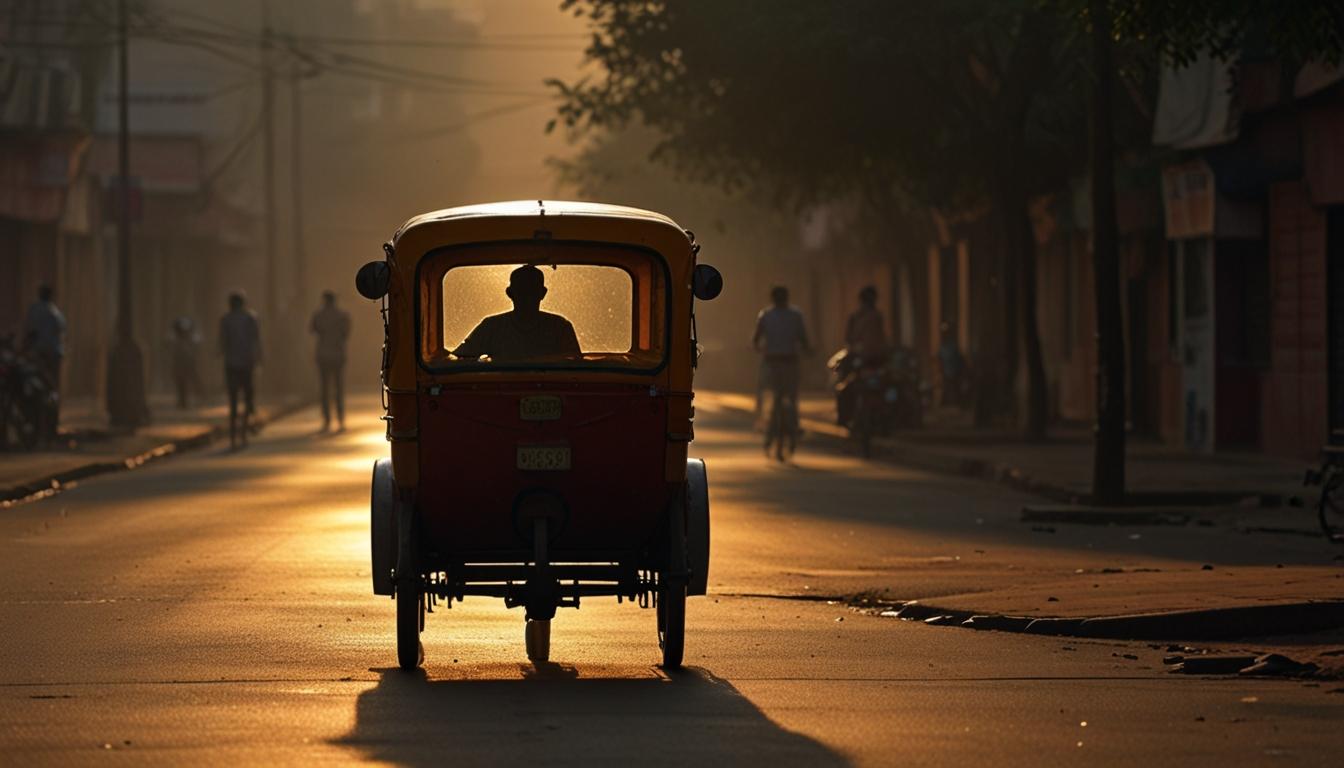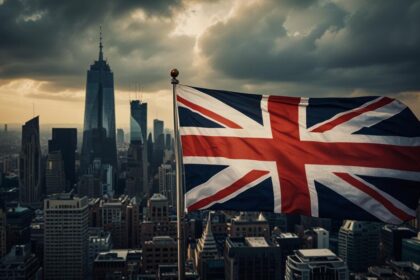New Delhi, India, experiences its highest-ever recorded temperature of 49.9 degrees Celsius in June 2024, leading to heatwave challenges for residents and workers in urban areas. The persistent warmth, exacerbated by rising nighttime temperatures, has caused power cuts, increased heat-stroke cases, and deaths among vulnerable populations.
In New Delhi, India, the ongoing heatwave has resulted in the city’s highest-ever recorded temperature of 49.9 degrees Celsius (121.8 degrees Fahrenheit) in June 2024, as reported by CNN. The heat persists into the night, with urban areas cooling down only by 8.5 degrees Celsius compared to 12.2 degrees in suburban areas, according to the Centre for Science and Environment (CSE).
Rickshaw drivers like Sagar Mandal and Nikhil Kumar express struggles in the extreme heat. Mandal mentioned the reduction in passengers choosing rickshaw rides over air-conditioned taxis. Kumar noted the relentless warmth even at night, exacerbating the challenges of their work.
Residents like 60-year-old Kalyani Saha face regular power cuts, affecting their ability to use air conditioning. Sarita Kumari and her children sleep on the streets for some respite.
Delhi has reported at least 192 heatwave-related deaths among its homeless population from June 11 to 19. Dr. Ajay Chauhan from Ram Manohar Lohiya hospital highlighted the rise in heat-stroke cases, stressing the increased stress due to hotter nights.
A study from Climate Central and Climate Trends reveals a dramatic rise in nighttime temperatures, adding between 50 and 80 nights annually where temperatures exceed 25C, impacting sleep and health. This effect is more pronounced due to the urban heat island effect, where dense urban areas retain more heat.
India has seen more than 40,000 heat stroke cases since March 2024, and at least 110 suspected heat stroke deaths. Across the broader region, similar heatwaves have brought record temperatures, reflecting a global trend driven by climate changes.













